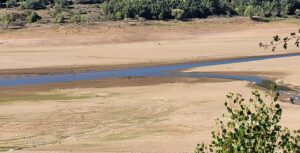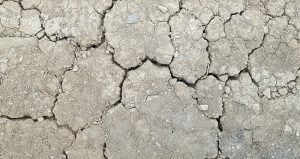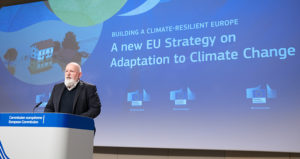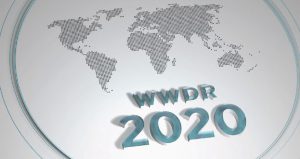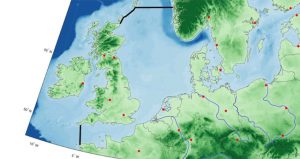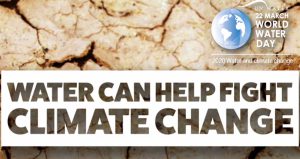Climate change requires water stress management
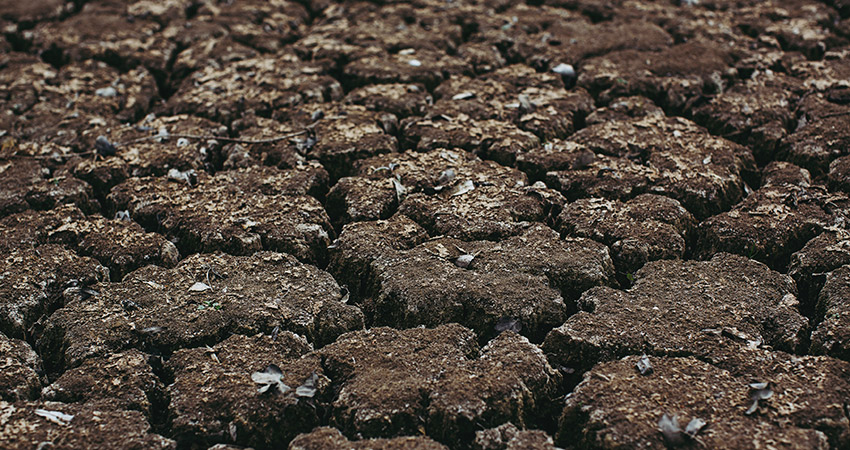
- 16 November 2021
-
Editorial Team
Share article:
On average, around 30% of Europe’s population and 20% of its territory are affected by water stress each year. The percentage is expected to become worse due to the growing impact and frequency of climate change on droughts. The European Environment Agency (EEA) published a report on the 27th of October, presenting the current state of water stress in Europe with the aim to shift the focus on water stress management as a consequence of the changing climate.
The EEA report ‘Water resources across Europe — confronting water stress: an updated assessment’ presents the latest information and data on water availability and its quality in Europe. As stated in the report, water stress refers to a situation in which there is not enough water of sufficient quality to meet the demands of people and the environment that in many parts of Europe has become a reality. Water stress is a term combining droughts, quantitative scarcity, water quality, and water accessibility. Droughts spread through the hydrological cycle and, depending on their duration and intensity, may cause low soil moisture content, decreasing groundwater levels, saltwater intrusion, deteriorating water quality, and reduced river discharges. As a result of these effects on the hydrological cycle, droughts may lead to impacts on human well-being, socio-economic development, and ecosystems.
The drivers of water stress are usually a combination of geographically widespread factors, such as climate change impacts and the location of tourism and food production, and consumption chains, electricity production, and population density. This cross-cutting nature of the water stress issue calls for coordinated action among the different policy areas.
Actions for reducing water stress
In 2020 the Water Framework Directive (WFD) was labeled as ‘fit for purpose’ by the European Commission. However, is the WFD sufficiently prepared for climate change? Professor of European Law Marleen van Rijswick, from the University of Utrecht, stated in Waterforum climate change is clearly underexposed in the WFD. “The directive aims for a sustainable water supply for the long term but pays too little attention to water quantity issues. The main focus in the WFD is on the water quality objectives. As a Member State, you are allowed to include quantity and climate adaptation measures in plans and programs, but the obligation to do so is not very clear. You would want more explicit rules regarding climate changes”.
Agriculture
Agriculture stands for 40-60% of the total water consumption in Europe, most of which is used for irrigation. Water consumption by agriculture represents the highest fluctuation throughout the year with a demand for irrigation water increasing during the spring and the summer, especially in South Europe. In the South Member States, the water abstraction for agriculture accounts for almost 80% of the total water abstraction (EEA, 2018B, 2019K)
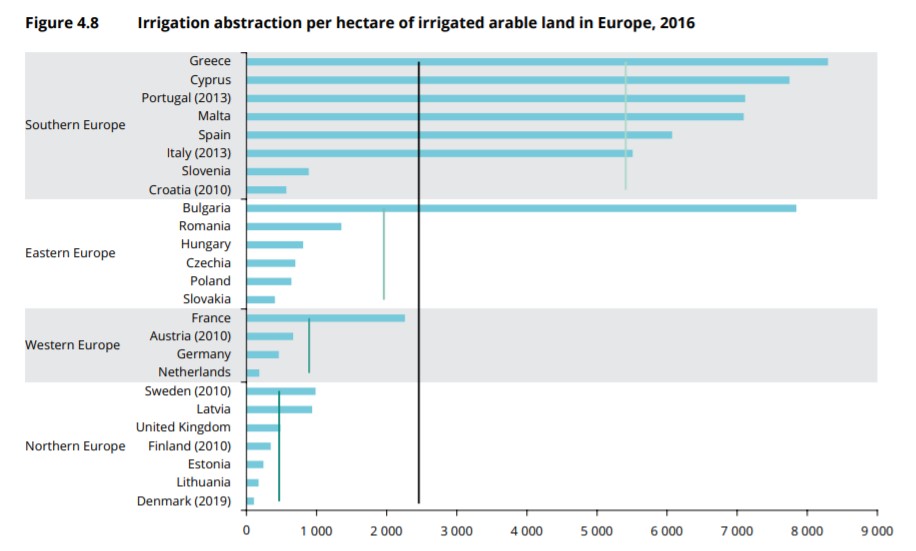
Irrigation
The water abstraction for agriculture is unevenly distributed across Europe – almost 90% is in the southern part of the continent and only 10% is in the rest. According to the Danish representative Ingelise Møller Balling, the area of arable land in Europe is approximately 113 million ha, nearly 19 million ha is equipped for irrigation (irrigable area). Considering the climate conditions, the irrigated area is between 8- 9% of the total arable land. The percentages of irrigated land in South Europe are much higher with 28% in Malta to 13% in Spain and Portugal.
Overall, Europe needs to improve the recovery capacity of its ecosystems and implement methods for more efficient usage of water to minimize the impact of water stress on people and the environment, as well as to consider new measures regarding water abstraction for the agriculture sector. As stated in the report of the EEA, policies, and regulations at the European level are already in place to address these issues, however, their effectiveness needs to be improved.

